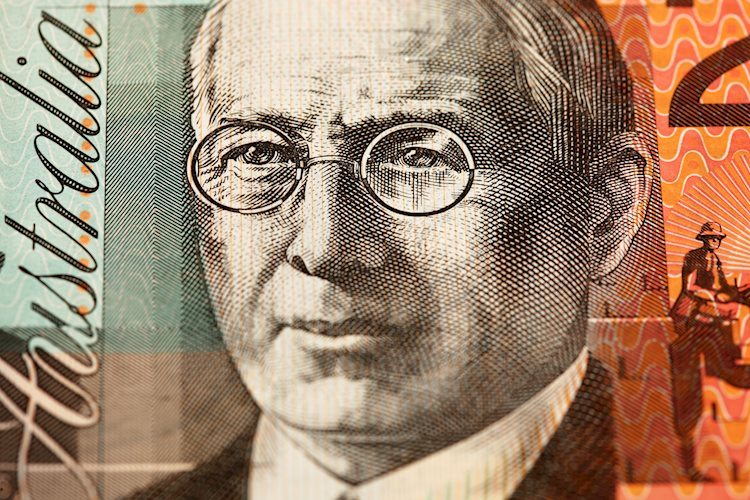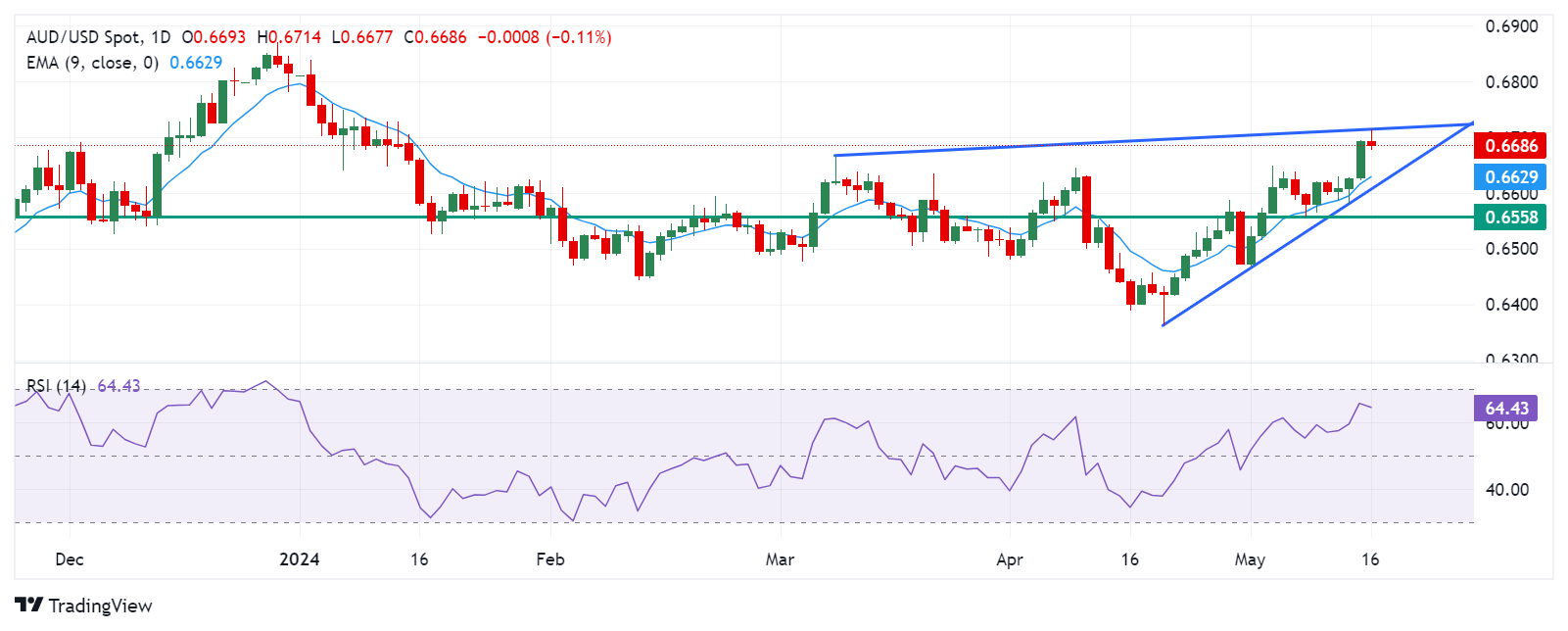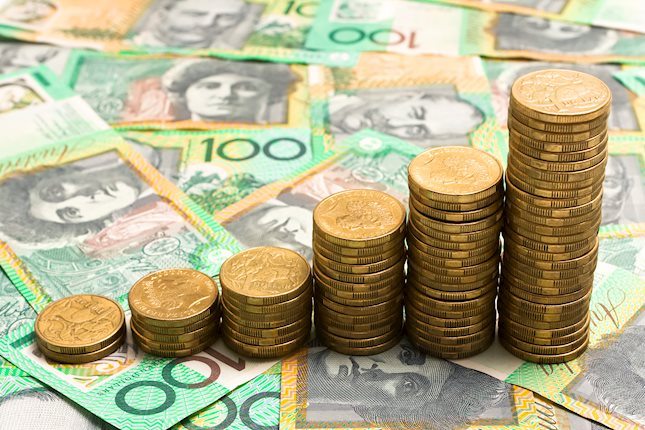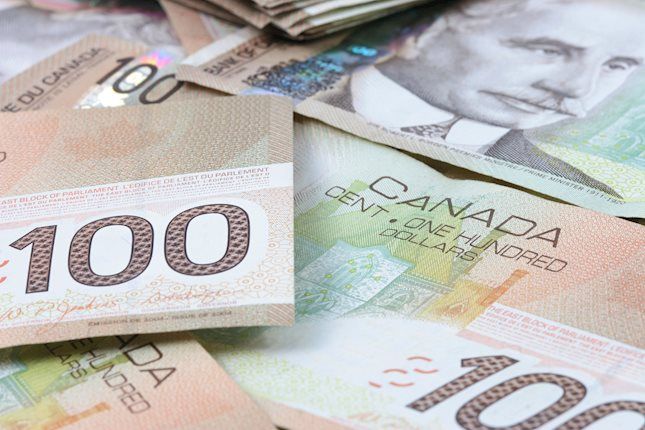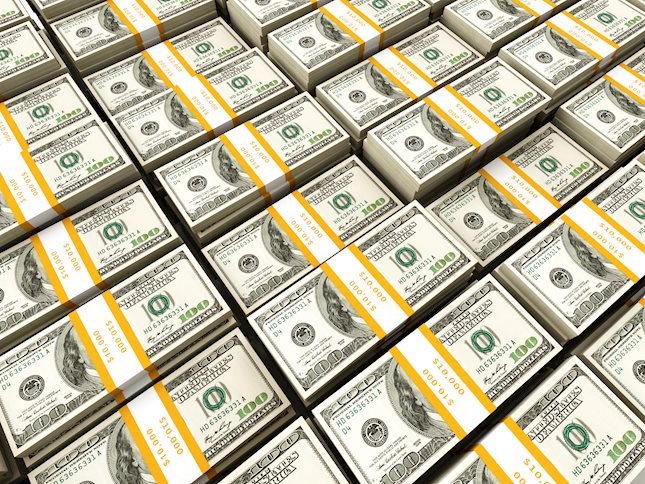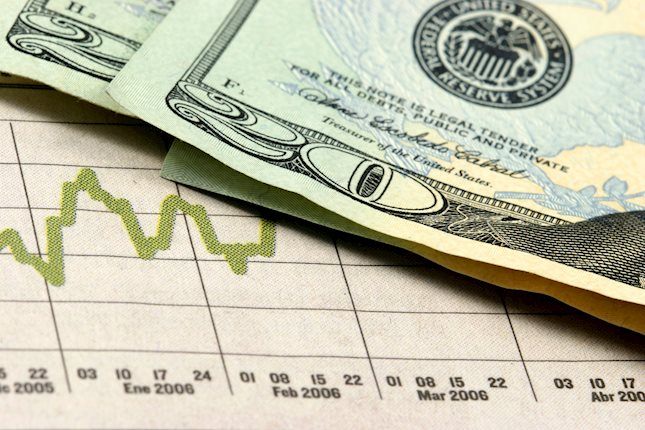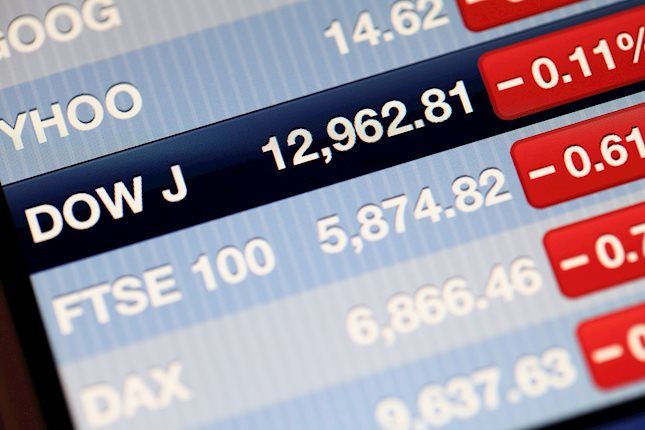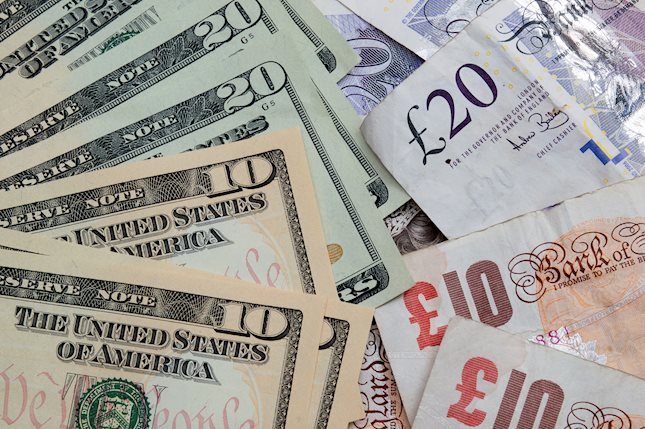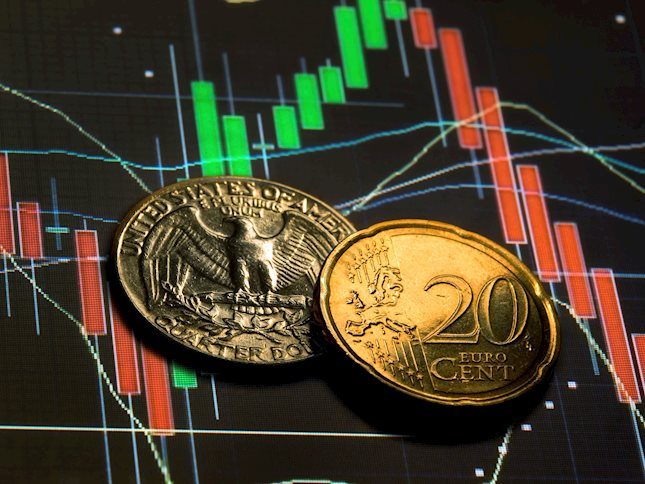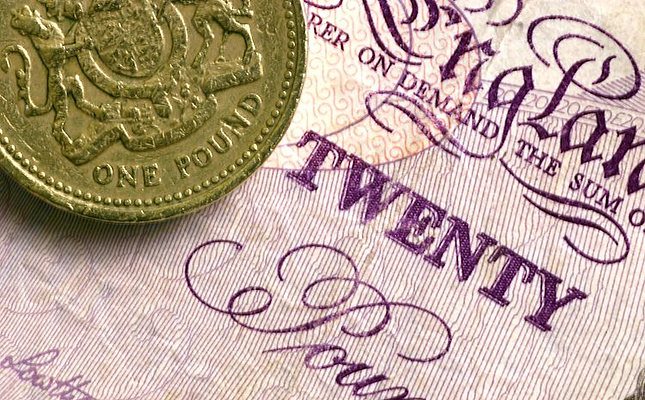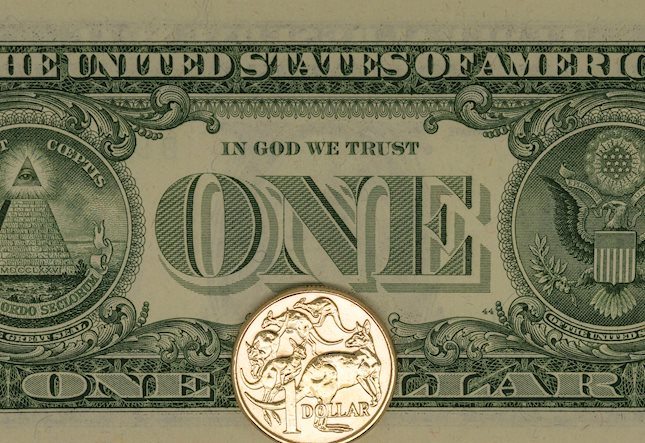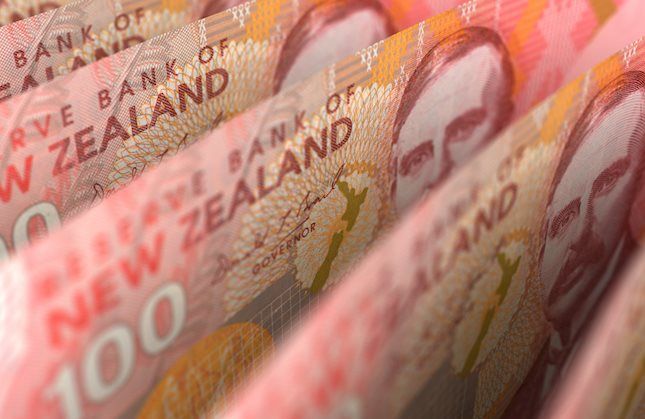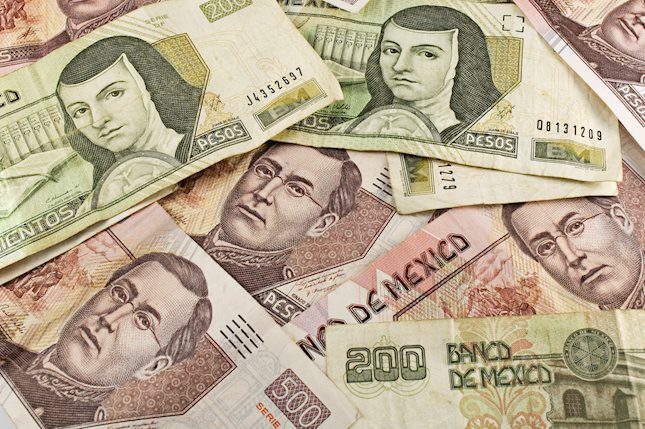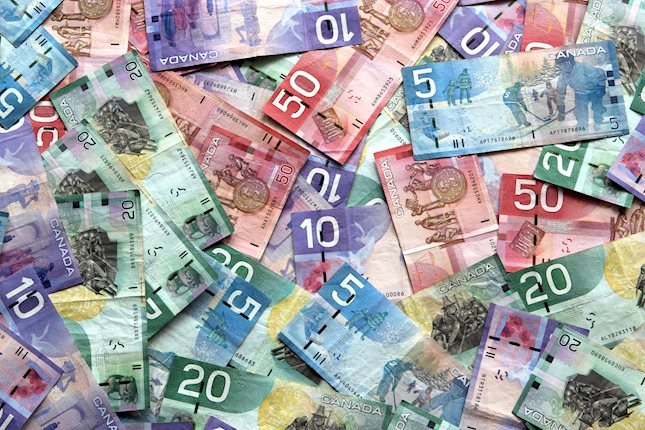Australian Dollar hovers near a key level, US Dollar remains firmer
- The Australian Dollar loses ground due to dovish sentiment surrounding RBA’s policy stance.
- The Australian Unemployment Rate increased to 4.1% in April, from the previous reading of 3.9%.
- The US Dollar may struggle due to the growing expectations of multiple rate cuts by the Fed in 2024.
The Australian Dollar (AUD) snapped its three-day winning streak after the mixed Aussie employment data released on Thursday. Additionally, Australia’s 10-year government bond yield traded lower around 4.2%, after Australia’s Wage Price Index (QoQ) showed a 0.8% increase in the first quarter, falling slightly below the anticipated rise of 0.9%. These figures have supported a dovish sentiment surrounding the Reserve Bank of Australia (RBA) regarding monetary policy, undermining the AUD/USD pair.
The Australian Dollar received support during the early hours on Thursday due to the improved risk appetite following lower-than-expected monthly Consumer Price Index and Retail Sales data in the United States (US) released on Wednesday. This has supported the probability of multiple rate cuts by the Federal Reserve (Fed) in 2024, undermining the US Dollar (USD). The AUD/USD pair has marked a four-month high of 0.6714 on Thursday.
The US Dollar Index (DXY), which gauges the performance of the US Dollar (USD) against six major currencies, retraced its daily losses due to the improved US Treasury yields, providing support for the Greenback. The 2-year and 10-year yields on US Treasury bonds stand at 4.73% and 4.33, respectively, by the press time.
Daily Digest Market Movers: Australian Dollar depreciates due to higher Unemployment data
- The Australian Bureau of Statistics released the seasonally adjusted Employment Change for April, showing an increase of 38.5K to 14.3 million employed people in Australia. This has surpassed the market expectations of a 23.7K reading, reversing from a small drop in March.
- The Australian Unemployment Rate rose to 4.1% in April from the previous reading of 3.9%. This has marked the highest jobless rate since January with the number of unemployed individuals rising by 30.3K to 604.2K.
- Sarah Hunter, Chief Economist and Assistant Governor (Economic) at the Reserve Bank of Australia (RBA), delivered a speech at the REIA Centennial Congress on Thursday. During her address, Hunter explored various potential strategies to address the imbalance between housing supply and demand growth. This issue looms large in Australia, with escalating prices, rents, and homelessness posing significant challenges.
- US Consumer Price Index (CPI) decelerated to 0.3% month-over-month in April, came in at lower than expected 0.4% reading. While Retail Sales flattened, falling short of the expected increase of 0.4%.
- On Tuesday, the Australian Budget for 2024-25 returned to a deficit after recording a surplus of $9.3 billion in 2023-24. The Australian government aims to tackle headline inflation and alleviate the cost of living pressures by allocating billions to reduce energy bills and rent, alongside initiatives to lower income taxes.
- The US Bureau of Labor Statistics (BLS) reported that the Producer Price Index (PPI) increased by 0.5% month-over-month in April, surpassing the forecast of 0.3% and rebounding from March's contraction of -0.1%. The Core PPI, which excludes volatile food and energy prices, also surged by 0.5% MoM, exceeding projections of 0.2%.
- A Reuters report cited Treasurer of Australia Jim Chalmers, expressing his expectation that the current headline inflation rate of 3.6% will return to the Reserve Bank of Australia’s target range of 2-3% by the end of the year. If this scenario unfolds, the central bank will likely consider cutting interest rates earlier than markets had anticipated.
- As per a Reuters report, China's finance ministry plans to start raising 1 trillion Yuan in issuing 20 to 50 years bonds for larger stimulus measures. China is also contemplating a plan for local governments nationwide to purchase millions of unsold homes. These developments have bolstered the Aussie Dollar, given the close trade ties between Australia and China, where any shifts in the Chinese economy catalyze the Australian market.
- Federal Reserve Chair Jerome Powell has anticipated a continued decline in inflation on Tuesday. Powell expressed less confidence in the disinflation outlook compared to previous assessments. He also highlighted that Gross Domestic Product (GDP) growth is expected to reach 2% or higher, attributing this positive forecast to the strength of the labor market.
Technical Analysis: Australian Dollar moves below 0.6700
The Australian Dollar trades around 0.6680 on Thursday. The AUD/USD pair lies in an ascending triangle on a daily chart. Moreover, the 14-day Relative Strength Index (RSI) indicates a bullish bias, remaining above the 50 level.
The AUD/USD pair may challenge the upper boundary of the ascending triangle around the four-month high of 0.6714. A breakthrough above this level could lead the pair to explore the area around the major level of 0.6750.
On the downside, the key support appears at the nine-day Exponential Moving Average (EMA) at 0.6627, followed by the ascending triangle’s lower boundary around the level of 0.6610. A break below this level could put pressure on the AUD/USD pair to navigate the region around the major support at 0.6558.
AUD/USD: Daily Chart
Australian Dollar price today
The table below shows the percentage change of the Australian Dollar (AUD) against listed major currencies today. The Australian Dollar was the weakest against the Japanese Yen.
| USD | EUR | GBP | CAD | AUD | JPY | NZD | CHF | |
| USD | 0.10% | 0.09% | 0.15% | 0.32% | -0.05% | 0.22% | 0.07% | |
| EUR | -0.10% | -0.02% | 0.04% | 0.23% | -0.15% | 0.12% | -0.04% | |
| GBP | -0.10% | 0.01% | 0.05% | 0.24% | -0.13% | 0.12% | -0.03% | |
| CAD | -0.15% | -0.05% | -0.06% | 0.18% | -0.18% | 0.06% | -0.10% | |
| AUD | -0.34% | -0.23% | -0.24% | -0.18% | -0.37% | -0.11% | -0.27% | |
| JPY | 0.07% | 0.15% | 0.16% | 0.21% | 0.37% | 0.25% | 0.10% | |
| NZD | -0.20% | -0.11% | -0.12% | -0.07% | 0.12% | -0.26% | -0.16% | |
| CHF | -0.06% | 0.04% | 0.03% | 0.09% | 0.27% | -0.10% | 0.15% |
The heat map shows percentage changes of major currencies against each other. The base currency is picked from the left column, while the quote currency is picked from the top row. For example, if you pick the Euro from the left column and move along the horizontal line to the Japanese Yen, the percentage change displayed in the box will represent EUR (base)/JPY (quote).
Australian Dollar FAQs
One of the most significant factors for the Australian Dollar (AUD) is the level of interest rates set by the Reserve Bank of Australia (RBA). Because Australia is a resource-rich country another key driver is the price of its biggest export, Iron Ore. The health of the Chinese economy, its largest trading partner, is a factor, as well as inflation in Australia, its growth rate and Trade Balance. Market sentiment – whether investors are taking on more risky assets (risk-on) or seeking safe-havens (risk-off) – is also a factor, with risk-on positive for AUD.
The Reserve Bank of Australia (RBA) influences the Australian Dollar (AUD) by setting the level of interest rates that Australian banks can lend to each other. This influences the level of interest rates in the economy as a whole. The main goal of the RBA is to maintain a stable inflation rate of 2-3% by adjusting interest rates up or down. Relatively high interest rates compared to other major central banks support the AUD, and the opposite for relatively low. The RBA can also use quantitative easing and tightening to influence credit conditions, with the former AUD-negative and the latter AUD-positive.
China is Australia’s largest trading partner so the health of the Chinese economy is a major influence on the value of the Australian Dollar (AUD). When the Chinese economy is doing well it purchases more raw materials, goods and services from Australia, lifting demand for the AUD, and pushing up its value. The opposite is the case when the Chinese economy is not growing as fast as expected. Positive or negative surprises in Chinese growth data, therefore, often have a direct impact on the Australian Dollar and its pairs.
Iron Ore is Australia’s largest export, accounting for $118 billion a year according to data from 2021, with China as its primary destination. The price of Iron Ore, therefore, can be a driver of the Australian Dollar. Generally, if the price of Iron Ore rises, AUD also goes up, as aggregate demand for the currency increases. The opposite is the case if the price of Iron Ore falls. Higher Iron Ore prices also tend to result in a greater likelihood of a positive Trade Balance for Australia, which is also positive of the AUD.
The Trade Balance, which is the difference between what a country earns from its exports versus what it pays for its imports, is another factor that can influence the value of the Australian Dollar. If Australia produces highly sought after exports, then its currency will gain in value purely from the surplus demand created from foreign buyers seeking to purchase its exports versus what it spends to purchase imports. Therefore, a positive net Trade Balance strengthens the AUD, with the opposite effect if the Trade Balance is negative.
Forex News
Keep up with the financial markets, know what's happening and what is affecting the markets with our latest market updates. Analyze market movers, trends and build your trading strategies accordingly.
